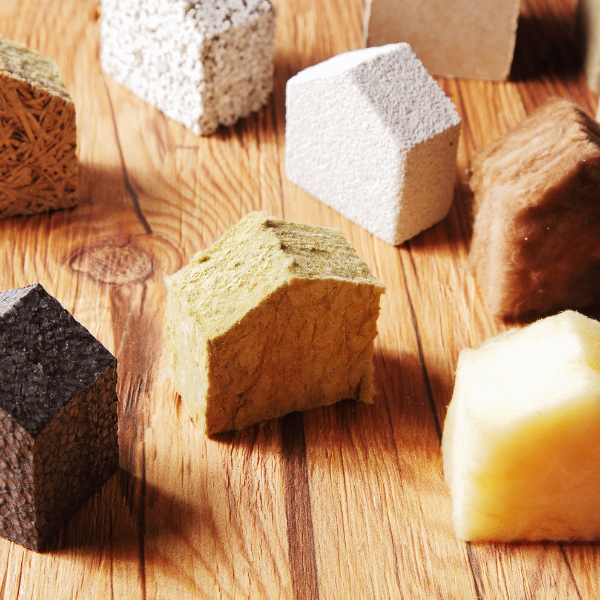Biobased insulation material: win-win for CO2 and nitrogen

Biobased insulation material: win-win for CO2 and nitrogen
Column by Emiel van Druten
The nitrogen issue has a major impact on the construction industry. Although the construction industry itself contributes only to a limited extent to nitrogen emissions through the use of materials, the use of mineral fibre insulation materials does have an indirect effect on emissions. The production of these materials, such as rock wool and glass wool, produces nitrogen oxides and ammonia. A rock wool factory in Roermond is listed as the largest emitter of ammonia in the Netherlands. Fortunately, there are solutions available such as biobased insulation materials made of hemp, flax and elephant grass, for example.
Biobased insulation materials offer an alternative to reduce CO2 and nitrogen emissions in the production chain of building materials and can also help in making the construction industry more sustainable. This is a win-win situation. If biobased construction is also adopted, such as timber-frame construction with biobased insulation materials, it would almost eliminate the need for steel and concrete.
The production of biobased insulation materials can serve as an alternative or additional revenue model for livestock farmers who are now primary nitrogen emitters. Through extensification and using the land (in part) for the production of these building materials, farmers can at the same time contribute to reducing nitrogen emissions. As the materials are stored in buildings for a long time, it results in negative CO2 emissions. And this contributes to the sustainability of the entire agricultural industry. Producing biobased mineral fibres requires about 10% of agricultural land. This results in almost six megatons of CO2 savings.
Biobased building materials also improve the air quality and create a healthier living environment in buildings. In short, building with biobased materials has many advantages. It is therefore important to work on a collective chain of farmers and builders. And then to scale this up. The government can provide support with CO2-capture credits, tightening standards and valuing biobased materials in standards and by ensuring biobased materials are used to build government buildings.